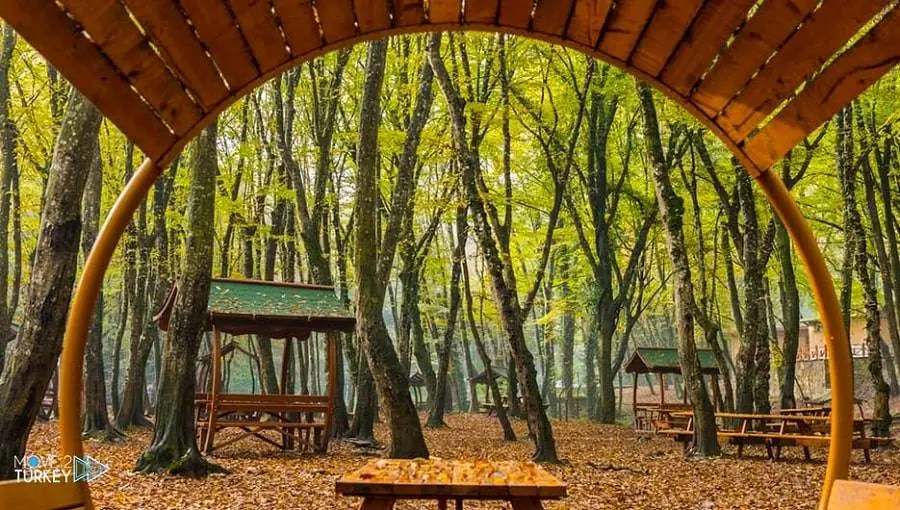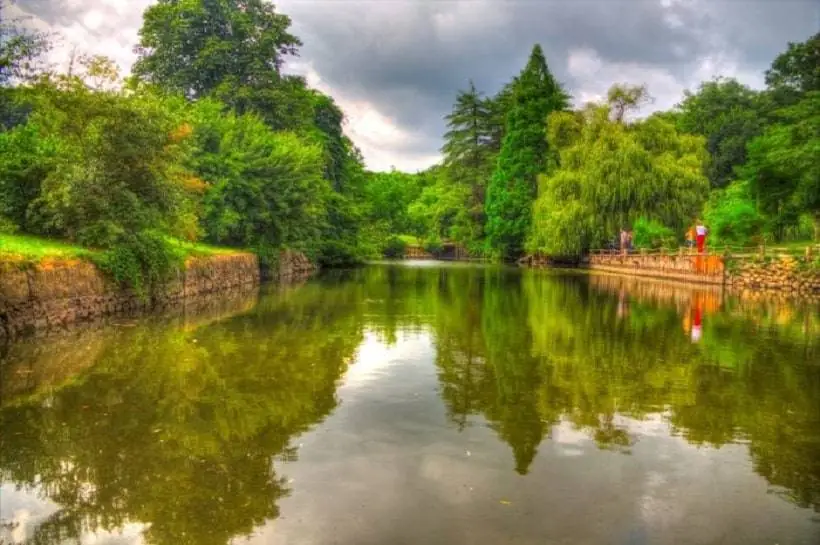Historical Perspective
This forest’s size during the Ottoman Empire’s rule was roughly 13000 hectares. Despite the fact that this forest’s extent has shrunk to 5442 hectares. The large forests and tall, mature trees in Belgrade, however, will nevertheless astound visitors who are visiting for the first time. The Belgrad Forest in Istanbul, which served as the city’s primary water supply source, had a crucial strategic position during Sultan Suleiman’s rule.

Visitors today are made aware of this forest’s prior use before ever entering it when they notice the old canals that used to transport water to various locations across the City. You might be wondering how the city’s primary water supply came from a forest.
To respond, we must say that the water entered the city by canals after coming from many springs and rivers in Istanbul’s Belgrade Forest. A dam was constructed in this woodland as time went on and demand rose. In Istanbul now, there are seven dams. From the fifteenth century to the twentieth century, the forest’s protected conditions were in effect. One could argue that such an occurrence, which caused the animal species to remain intact, is almost unprecedented in Turkey’s history.
♦ 3 Days Turkey Tour – Cappadocia Konya Tour
Things to See in Belgrad Forest
You must travel far into the woods to see the animals. If you’re lucky, you might witness the peace of the forest and a weasel coming out of his den to go for a quick walk.
Since the hunting ban, the animal situation in these areas has improved. Additionally, if you take a leisurely stroll through the forest, you will hear animal noises, such as a weasel emerging from its lair to take a quick stroll along some dry branches. In order to get a frog, a snake may occasionally crawl over your feet.

To view foxes and wolves in the far reaches of the forest, you must wait until late at night. In pursuit of food, a wild boar could sometimes be seen destroying trash. But, let’s face it, there is nothing more relaxing than watching a deer gently run through a forest of trees. In this forest, there are about 71 different bird species and 18 different mammal species. The majority of the small-leaved trees in this forest are oak trees, followed by oriental birch, trumpet ray, and Anatolian chestnut trees, which make up the majority of the forest’s plant life.

